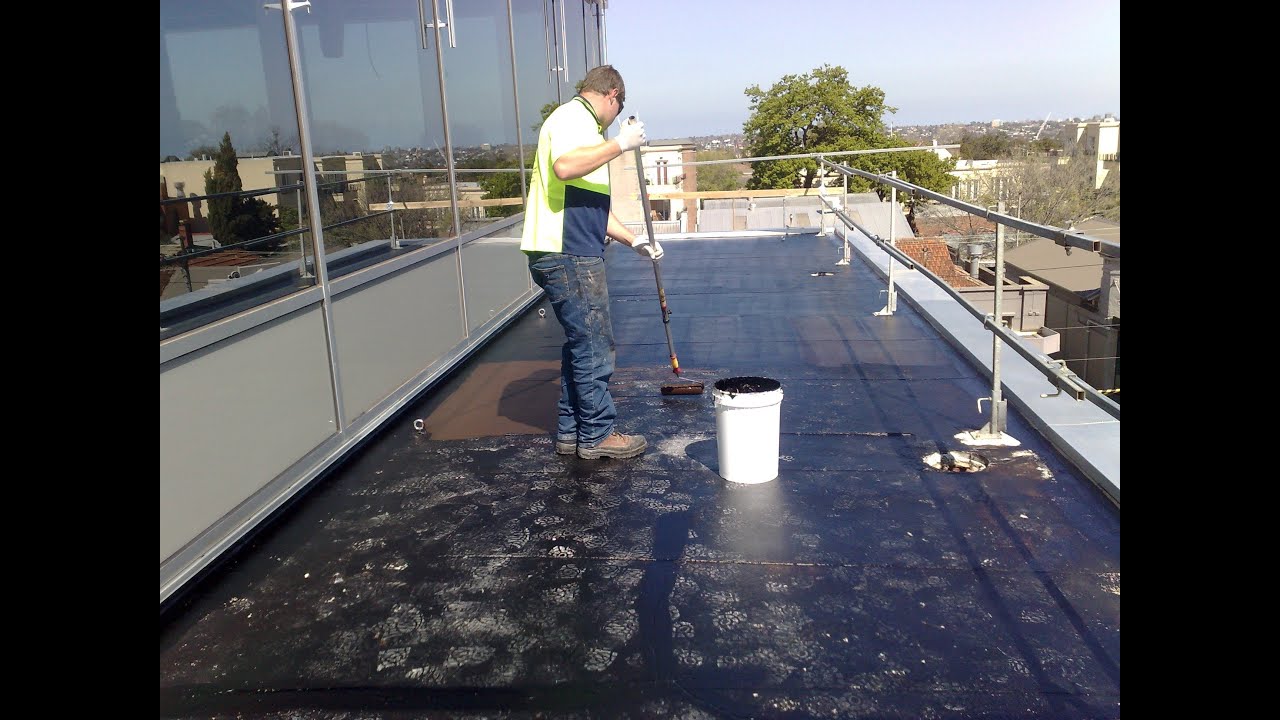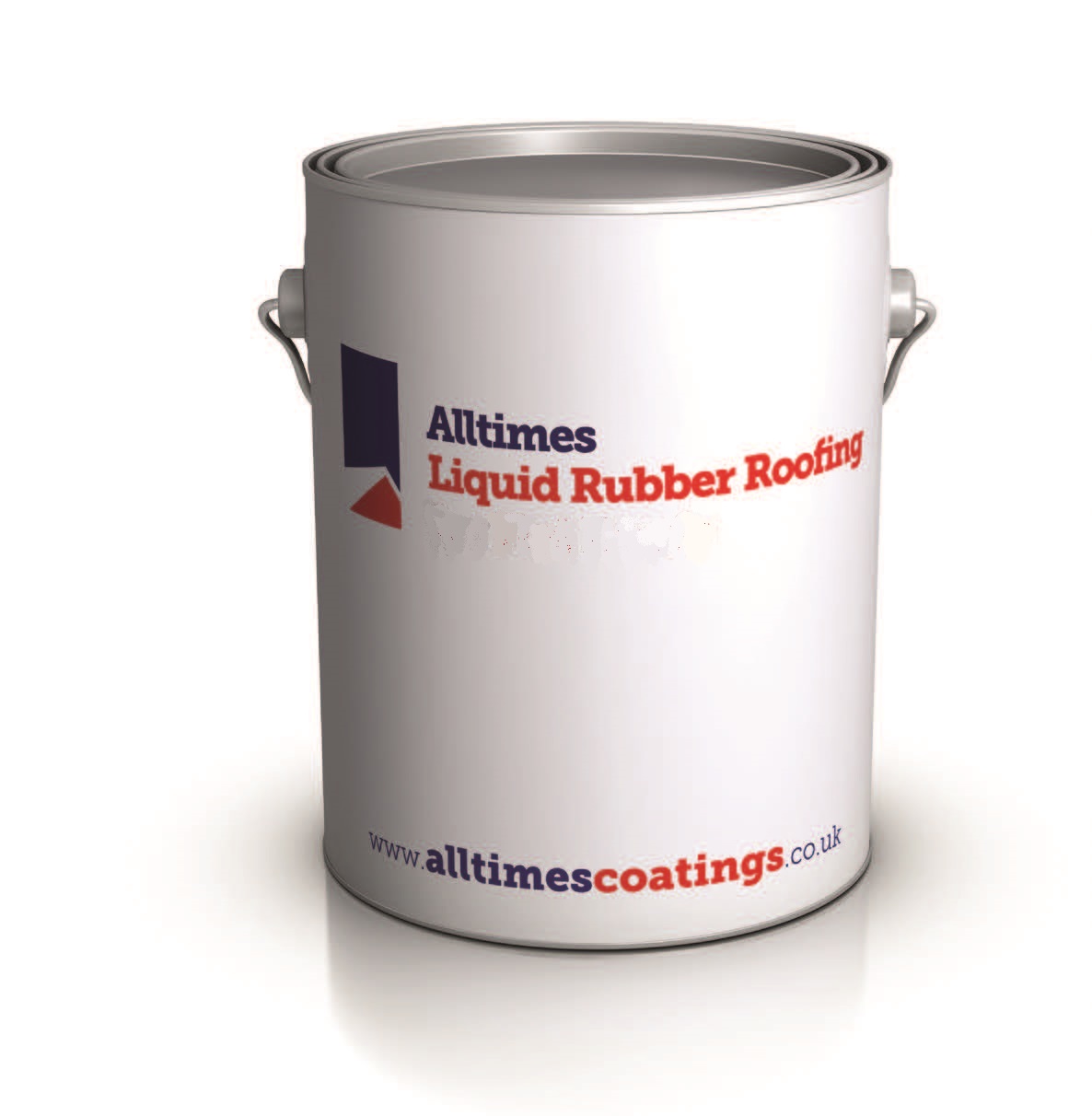Liquid rubber roofs, marketed as a cost-effective solution for flat roofs, have gained popularity for their ease of application in Vancouver’s residential and commercial projects. However, their durability is often overstated, leading to premature failures in Climate Zone 5’s wet, temperate environment. Without proper reinforcement, these membranes succumb to thermal stresses, punctures, and degradation, resulting in leaks and costly repairs. At Simon Green Works, we advocate for building science-driven roofing systems that withstand Vancouver’s relentless rainfall. This article examines the limitations of liquid rubber roofs, proper installation techniques, and superior alternatives tailored to Vancouver’s demanding climate.
The Fragility of Unreinforced Liquid Rubber
Liquid rubber, typically composed of polyurethane, silicone, or butyl compounds, forms a seamless coating when applied, promising waterproofing for flat roofs. However, unreinforced applications—common among DIYers and budget contractors—lack the strength to endure Vancouver’s weather. Thermal cycling, driven by temperature swings (0–25°C), causes expansion and contraction, cracking the membrane within years. UV degradation and maintenance traffic further weaken unreinforced coatings, reducing lifespan to 5–10 years, compared to 20–30 years for reinforced systems. In Vancouver’s high-rainfall climate, these cracks allow water infiltration, saturating substrates and fostering mold, especially at parapet transitions where stresses are highest.

Misleading Marketing and Application Errors
Liquid rubber is often advertised as a “simple, durable” solution, leading to improper installations. Many roofers apply it directly to decks without reinforcement, assuming multiple coats suffice. This approach ignores the need for a polyester or fleece fabric to enhance puncture resistance and thermal stability. Without fabric, the membrane fails to meet minimum thickness requirements (90–150 mils), voiding warranties. In Vancouver, where flat roofs are exposed to debris and foot traffic, unreinforced coatings wear quickly, requiring frequent reapplication—a costly cycle that negates initial savings. Pinholes, formed during curing on warm days, further compromise watertightness if not addressed with multiple coats.
Proper Installation for Enhanced Durability
To mitigate liquid rubber’s limitations, reinforcement is essential. A compatible substrate (e.g., plywood or concrete) is primed with a solvent-based liquid rubber compound to bond polyester reinforcing fabric, lapped at seams per manufacturer guidelines (e.g., 75 mm). The fabric ensures minimum thickness (90 mils) and prevents cracking, while a mil gauge verifies application depth. Multiple coats, applied with rollers, cover pinholes caused by evaporating moisture, ensuring a monolithic barrier. For concrete decks, common in Vancouver, a separate primer enhances adhesion, avoiding osmotic blistering. Despite these measures, liquid rubber remains less reliable than single-ply membranes for long-term performance.

Superior Alternatives for Vancouver
For Vancouver’s wet climate, fully adhered single-ply membranes like TPO or PVC offer superior durability. TPO, with heat-welded seams, resists UV and moisture, lasting 20–30 years. PVC, at 80–135 mils, withstands root penetration in green roofs, common in Vancouver’s sustainable buildings. Hot rubberized asphalt, applied at 200 mils with polyester reinforcement, bonds to concrete decks, spanning small cracks, but requires professional installation due to hazardous fumes. These systems, unlike liquid rubber, integrate seamlessly with flashings and WRBs, ensuring continuous water control, critical in Vancouver’s high-precipitation environment.
Vancouver-Specific Considerations
Vancouver’s Climate Zone 5, with 1200 mm rainfall and mild, humid winters, amplifies liquid rubber’s vulnerabilities. Unreinforced coatings fail at parapets, where water pools and thermal stresses peak, risking leaks into framing. Local bylaws mandate robust detailing for flat roofs, especially in green roof projects (30% of new buildings >20,000 ft²), favoring TPO or PVC. Seismic codes require deck anchorage (50 kN/m), and membranes must withstand dynamic loads, per BC’s 0.46g standards. Liquid rubber’s short lifespan and maintenance demands make it less cost-effective than single-ply systems, which qualify for green building incentives like density bonuses ($500,000–1M). Homeowners should prioritize professional installation and regular inspections to avoid failures in Vancouver’s rainy seasons.
Why Simon Green Works?
Simon Green Works delivers flat roof solutions rooted in building science, tailored to Vancouver’s challenging climate. Our expertise ensures durable, leak-free assemblies that enhance your home’s longevity. Ready to upgrade your flat roof? Contact us for a tailored consultation.
Sources
This article draws on insights from Sharif Asiri’s article, “The Problem With Liquid Rubber Roofs,” published by ASIRI Designs (The Problem With Liquid Rubber Roofs). Additional perspectives are informed by “8 Pros And Cons Of Rubber Roofing” from Homescopes (8 Pros And Cons Of Rubber Roofing), “What Are The Disadvantages of Rubber Roofing?” from Rubber4Roofs (What Are The Disadvantages of Rubber Roofing?), and “7 Best Green Roof Waterproofing Techniques” from EcoRoof Systems (7 Green Roof Waterproofing Techniques).